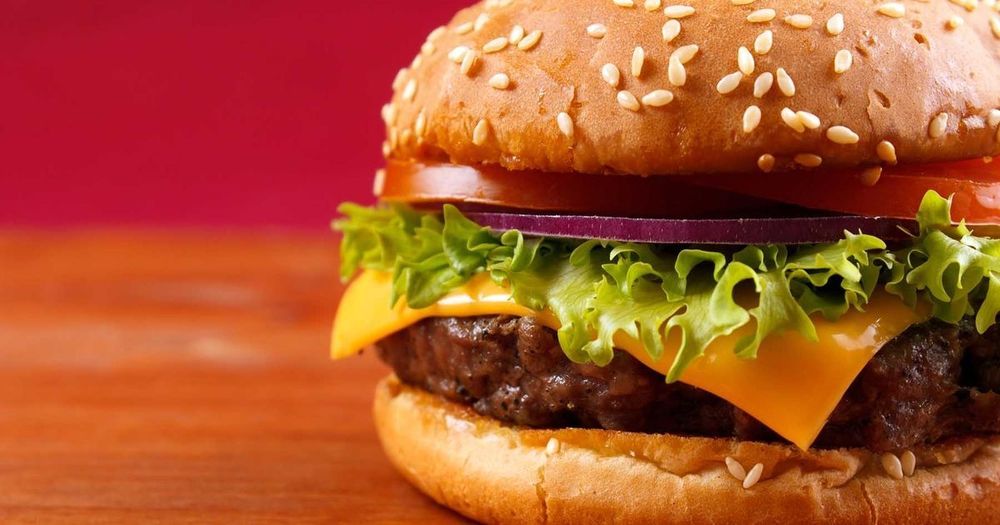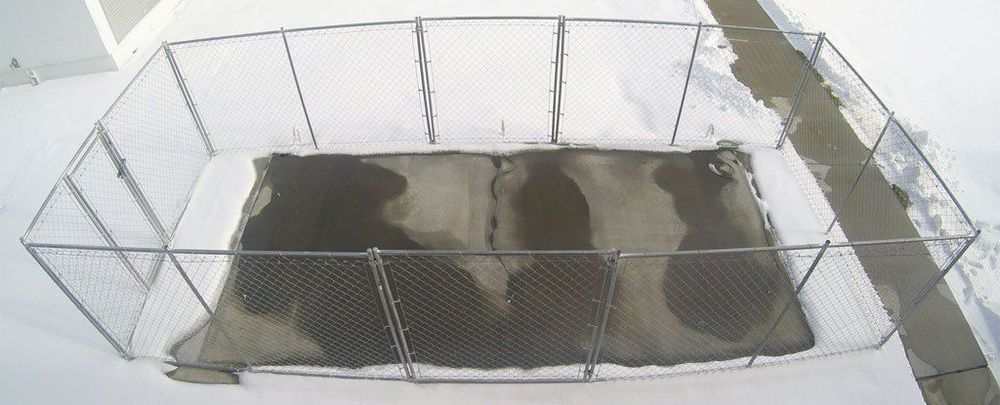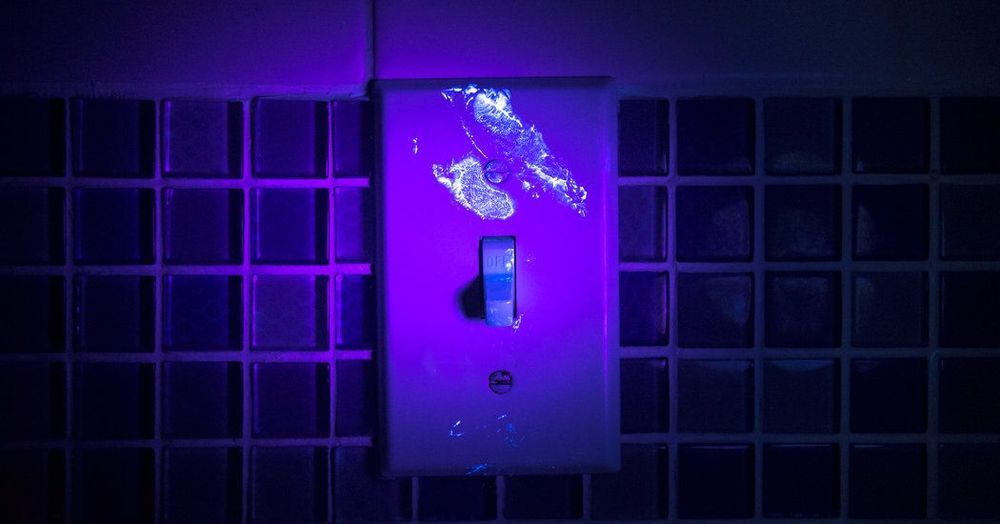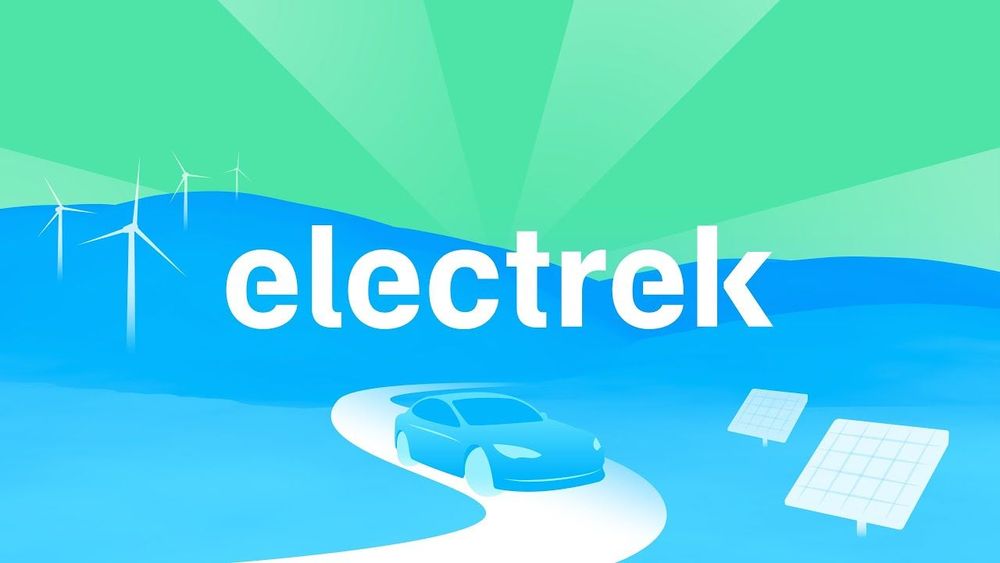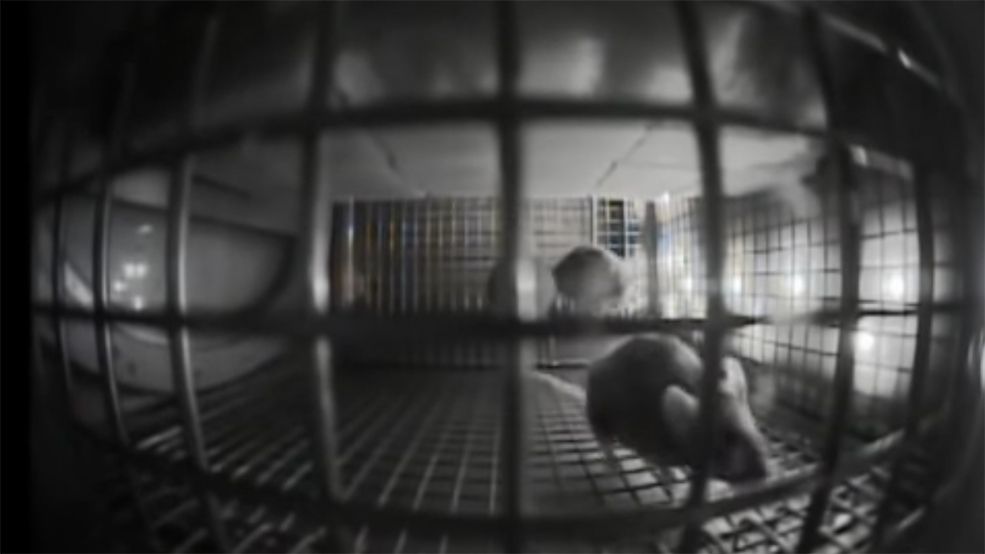A new study found that 14% of people report a memory from age one or below. They’re likely fictitious.
This post has been updated.
We’ve all just barely forgotten about the great American lettuce contamination of 2018, in which we were forced to forgo romaine over Thanksgiving, and another E. coli outbreak has already hit. The Centers for Disease Control released a notice of an ongoing outbreak centralized around Kentucky earlier this month, but at the time they weren’t sure what foods were to blame for the 72 illnesses and eight hospitalizations. Nearly half of those infections were in Kentucky, with the rest in Tennessee, Georgia, Ohio, and Virginia.
On April 12 the CDC posted an update: 109 people have been sickened by E. coli so far (that the CDC is aware of), and cases have cropped up in a sixth state (Indiana). Seventeen people have gone to the hospital, but no deaths are reported at this time.
An inevitable comment is usually something along the lines of women don’t need this kind of help because “insert foolish reason here.” The announcement of the black hole image shows just why this kind of action is needed.
The soon-to-be iconic picture of Katie Bouman reacting to the first image coming through was posted. Suddenly, the Internet trolls in defense of “male scientist” broke upon the scene, The goal to denigrate Bouman’s work on the project and turn the real “hero” of the discovery to another male scientists.
A special blend of concrete that can de-ice roads and pavements without the need for chemicals uses electricity to melt away snow and sleet – and it could be coming to an airport near you soon.
The conductive concrete, developed by researchers at the University of Nebraska-Lincoln, is for the most part the same as regular concrete, but 20 percent of its ingredients aren’t exactly standard: steel shavings and carbon particles, which give the mix enough conductivity that it can melt ice and snow while remaining safe to the touch.
Designed by civil engineer Chris Tuan, the conductive concrete is currently being assessed by the US Federal Aviation Administration (FAA), which is looking into the possibilities of incorporating the snow-melting surface into the tarmac of at least one major airport as part of a trial.
In early 1962, members of the male space squad gathered at a dining room in Star City and were joined by Yuri Gagarin. “Congratulations! Get ready to welcome the girls in a few days,” announced Gagarin.
“We, a tiny group of military test pilots selected for the space program, had been living together as one big family in Star City for two years. We shared struggles and knew everything about each other, and now we had to accept new members to our family,” recalled cosmonaut Georgi Shonin.
“When we started training together, it was very unusual to hear soft and feminine call signs Chaika (seagull) or Bereza (birch) instead of solid and firm Sokol (falcon) or Rubin (ruby),” Shonin continues. “Their intonations alone were telling. If a voice was sonorous, everything went as planned. But sometimes their voices sounded pitiful. That meant the instructor was practicing certain failures of the system with them, and Bereza or Chaika was trying to fix the problem.”
Tesla announced today that it is launching a lease program for Model 3 and interestingly, it won’t let people buy the cars after the leases come to term as it plans to use them in its planned self-driving Uber-like service dubbed ‘Tesla Network’.
Along with a series of changes to its lineup today, Tesla also announced that it is launching its lease program for Model 3 today:
“Beginning today, customers in the U.S. will be able to lease Model 3 for a small down payment and competitive monthly payments. Customers can choose any Model 3 variant and select an annual mileage option of 10,000, 12,000, or 15,000 miles.”
The behavior of 20 mice on the International Space Station is helping shed some light on how humans might adapt to living in space.
The female mice were flown out on the International Space Station aboard an uncrewed SpaceX Dragon capsule and spent up to 37 days floating in NASA’s Rodent Habitat. Video footage show that the mice immediately began their usual grooming, feeding, huddling and socializing, but within 10 days of leaving Earth, younger mice began to run in circles around their cage.

